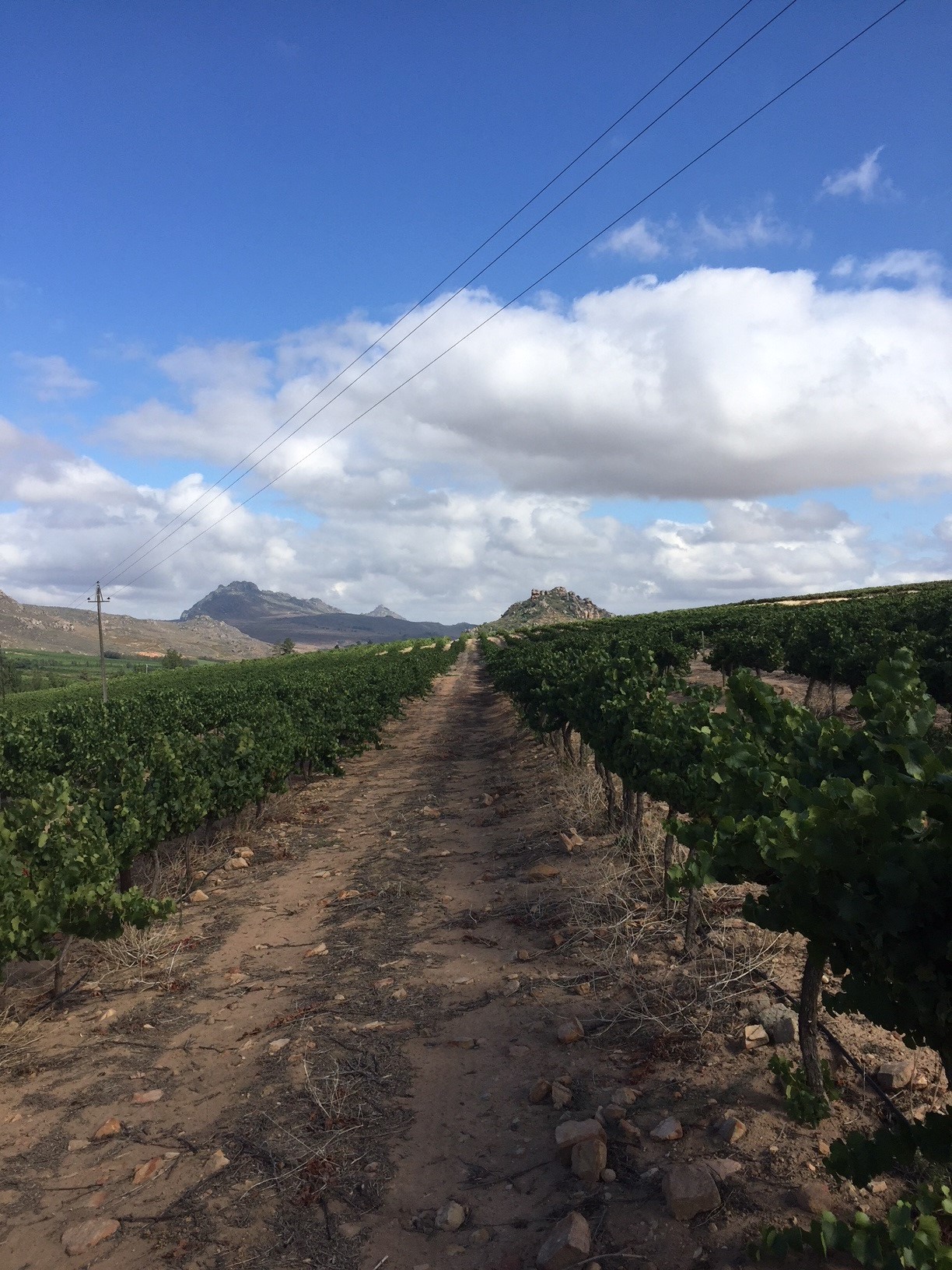TERROIR DRIVEN WINES
South Africa’s official 94 545 hectares under vine are, in the main, concentrated in the Western Cape; just eight varieties cover 80% of that area. These figures might suggest a lack of diversity in the wines, but do not take into account the many different aspects, altitudes, soils and macroclimates; each ensures wines capable of distinctive character.
It is with the purpose of expressing a sense of place in their wines and building an individual identity for the Cape’s regions, that eleven producers* have come together under the Site Specific Wines’ banner for Cape Wine. Some produce Estate wines, others vinify fruit brought in from selected sites; all declare their Wine of Origin at the most specific level, whether a Ward or single vineyard. Although as a group, they are promoting South Africa, their message is diversity of the Cape winelands.
I asked a few of them about their sites, the varieties grown, their approach in vineyard and cellar and why site specific wines are important for South Africa.
Chardonnay is a focus for Clayton Reabow on the Franschhoek farm, Môreson, where 14 different clones make up 21 separate parcels. ‘Earlier ripening clones for Méthode Cap Classique need lighter, sandier soils, while the more structured soils are reserved for later ripening still wine clones,’ Reabow explains. All are kept separate in the cellar but overall, Reabow finds the wines taut, lean and linear with lemon and lime notes typical of Franschhoek.
Hermanuspietersfontein’s Wilhelm Pienaar describes their monopole Sondagskloof Wine of Origin, 10 km north of Elim, as ‘very cool with a lot of wind, rain delivered from both North West and South East, the climate a combination of Mediterranean and Continental.’ Sustainable viticulture and minimal intervention in the cellar underline the wines’ essential elegance.

Not all have vineyards in one origin. Johan Kruger takes in grapes from as far apart as Piekenierskloof in Olifantsrivier (warm days, cold nights) and Walker Bay and Hemel-en-Aarde on the South coast with its cooler, moderate temperatures; separated by distance, they are linked by granite and dryland farming. Vinification is focused on creating the most natural expression of the vineyard in his three Chardonnays, Cinsaut and Pinot Noir. ‘What a shame to have so much diversity in our landscape, but allow our wines to taste similar to please a market,’ says Kruger, who believes diversity is the future for South African wine.
Lourens van der Westhuizen has taken a two-pronged approach in Robertson: on the family farm, five single vineyard wines are produced under the Arendsig Single Vineyard label, each selected according to site. Van der Westhuizen explores the diversity of the Robertson area further in the Arendsig Inspirational Batch wines; site and location are matched to variety in the 10 single vineyard wines. Spontaneous fermentation, no use of enzymes and maturation in neutral vessels help to capture the character of these sites.

Space dictates one vintage only of each producer’s wines will be available for tasting at Cape Wine, but already being familiar with some, I can confirm visitors will gain a clearer picture of the distinctive character produced in the Cape’s widely diverse sites.
*Site Specific Wines members and : Ahrens Family Vineyards (Swartland, Voor-Paardeberg, Bottelary Hills, Franschhoek, Elgin), Arendsig Handcrafted Wines (Robertson), Benguela Cove Lagoon Wine Estate (Walker Bay), Eenzaamheid (Paarl), Hermanuspietersfontein Wynkelder (Sondagskloof), Kaapzicht Estate (Bottelary Hills, Stellenbosch), Kruger Family Wines (Piekernierskloof, Upper Hemel en Aarde), Laarman Wines (Stellenbosch, Vermaaklikheid), Môreson (Franschhoek), Overgaauw Estate (Stellenboschkloof, Stellenbosch), Storm Wines (Hemel en Aarde)
- Angela Lloyd